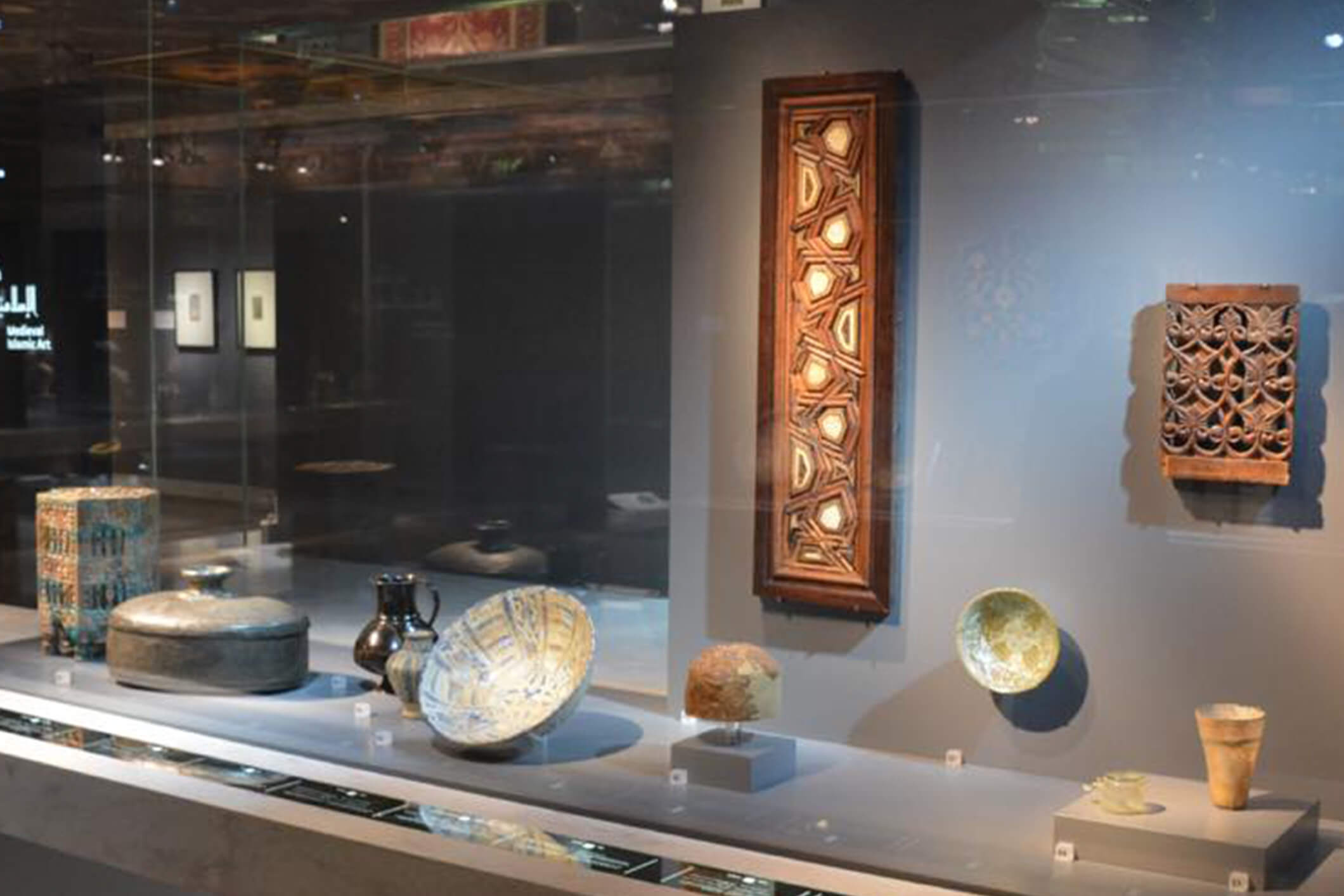Hijrah Prophet Muhammad(PBUH) Migration’s 1,400th Anniversary
 Hijrah Prophet Muhammad source by: twitter.com
Hijrah Prophet Muhammad source by: twitter.com
DHARAN: The story of Muhammad’s epic migration,
which has been retold by Muslims for more than 1,400 years,
is one of the region’s most constant traditions.
A new exhibition, Hijrah: In the Footsteps of the Prophet,
is on display at Dhahran’s King Abdulaziz Center for
World Culture (Ithra) to commemorate Islam’s new year.
Migration and forcible mobility have made the Hijrah relevant even now,
despite its status as Islam’s most significant historical event.
Many individuals have been forced to flee their homelands
because of war or in search of a better life elsewhere.
Many people have made a home in a country that was not
originally theirs and started new communities there.
Muhammad’s trip from Makkah to Madinah paved the way for the rise of
Islam and the creation of a civilization that currently comprises 1.5 billion Muslims.
Prophet’s Life
During those eight days, pilgrims traveled 400 kilometers
between the two holiest cities, leaving an indelible mark
on the region’s social, political, and economic landscape.
It is possible to characterize the Hijrah as the shift from Islam
as a religious practice to Islam as a way of life, and the Ithra exhibition
attempts to convey that shift to current audiences.
The curator, Dr. Idries Trevathan, gave tours of the show
on its opening night last month, sharing stories and anecdotes
from the prophet’s life along the way. He was especially eager to impart
his knowledge to non-Muslim guests in order to better prepare them for their own travels.
Vocalists in Arabic, English, Urdu, and Indonesian sang a nasheed the Ansar
shouted for the prophet upon his arrival in Madinah.
Ithra’s Islamic art history expert, Trevathan, has been with the company for the last eight years.
A graduate of the Prince’s Foundation School of Traditional Arts, he began collecting
Islamic art is at the center and has been created completely from scratch.
Artifacts from the past as well as more recent works of art help to bring
a long-ago occasion to life. The comprehensive and engaging experience,
which features roughly 70 scholars and artists from 20 nations,
honors the journey itself and also recalls the 1444 Hijri New Year’s Eve.
In the beginning, we worked closely with Dr. Abdullah Alkadi,
who regarded the authority on the Hijrah route, as the actual Hijrah route that they took.
Amazingly, he’s rectified every previous account or piece of information about the Hijrah route.
After conducting some investigation, we discovered that no one had attempted to put on an
exhibition about the Hijrah before.
Museum
Spiderweb, tunnels, and even the camel Prophet Muhammad rode into
Madinah is among the must-see items at the museum.
Videos and documentaries tell the story of the exhibit’s
journey through Arabic and English audio narrations.
The exhibition transports visitors to the holy countries
through the use of language, poetry, and recordings of
the call to prayer. Many of the items on display are new to the public.
There is no way to get to the Hijrah route by car.
It’s a distance you have to cover on foot.
It winds its way through a series of narrow valleys,
and much of the terrain is stony. Sand dunes are perhaps
the first thing that comes to mind when you talk about Hijrah
to folks who are not from Saudi Arabia. It’s not the case at all.
According to Trevathan, the terrain is extremely challenging.
“This exhibition represents Ithra’s larger purpose to portray the
world’s defining stories via art, heritage, culture, and study,
” stated Ithra director Abdullah Al-Rashid. There have been considerable
improvements in scholarly research on the history of Islam,
but this exhibition also aims to inspire better empathy, and tolerance,
as well as a broader awareness of our shared human ideals.
” Over the course of nine months, the exhibit will be on display at Ithra.
Other portions of the Kingdom are next in line. It’s also going to be exported.
Hijrah Prophet Muhammad
Also Like: Names Of Prophet Muhammad’s Children and Wives (PBUH)
